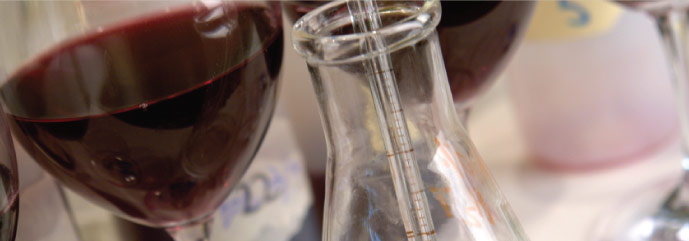About Classical Breeding
The natural ability to mate and exchange genetic material makes yeast amenable to classical breeding techniques, much like what has been done with plants since the dawn of agriculture (approximately 10,000 years ago). At its core, classical breeding involves mating two members of a species (plant, yeast, or animal)—each of whom possesses one or more different and desirable traits—in order to create a hybrid individual possessing both traits. Importantly, classical breeding does not involve any direct manipulation of genetic material; therefore, classically bred organisms are classified as non-genetically modified (non-GMO). Instead, classical breeding only requires the ability to identify traits of interest in an organism, successfully mate individuals expressing said traits, and then isolate hybrid offspring. In this way, the ubiquitous use of classical breeding has been used to create many of the things familiar to life today: modern agriculture, domesticated plants and animals, all cat and dog breeds, and many of the existing commonly used industrial yeast strains.
Renaissance Yeast uses classical breeding to develop its hydrogen sulfide (H2S)-preventing yeast strains. To do so, we cross a unique parental H2S-preventing yeast —naturally isolated from Lambrusco grape must in a vineyard in Emilia Romagna, Italy—with any one of a variety of industrial wine yeast strains. After identifying H2S-preventing hybrids, we repeatedly cross these hybrid offspring yeast with the parental industrial strain (“backcrossing”), all the while maintaining the H2S-preventing trait. After a number of backcrosses, this process yields a final, non-GMO yeast strain that is functionally identical to the parent, except that it also prevents H2S formation. Using this methodology, we have currently developed a range of proprietary H2S-preventing strains that, collectively, are ideal for use in a wide variety of wine styles.

Yeast Mating
In nature, wine yeast (Saccharomyces cerevisiae) typically contain two sets of chromosomes1 (known as diploid – 2n , and similar to many other organisms including humans). This is advantageous to yeast, as having duplicate copies of each gene buffers against deleterious genetic mutations, as well as increases biodiversity to better cope with changing environmental conditions. However, in certain conditions—like nutrient limitation—yeast can undergo meiosis (a type of cell division) to enter a state with only one set of chromosomes (known as haploid – n), which is analogous to human gametes (sperm and egg cells). Like human gametes, haploid yeast cells can be one of two “sexes”—a or α—and one cell of each “sex” is needed to mate, forming a new diploid cell that combines the genetic material of both “parent” cells. As is the case for all sexually reproducing organisms, mating provides a natural means for individual cells to exchange genetic material and produce hybrid offspring that combine multiple different traits. This increases biodiversity and produces “offspring” with an increased ability to survive unfavorable or varied growth conditions.

Note: The H2S-preventing traits in our proprietary and patent-pending wine yeasts were discovered by Dr. Linda Bisson and her research team at the Department of Viticulture and Enology at the University of California, Davis. This research was funded by the American Vineyard Foundation and patented and protected by the University of California.
